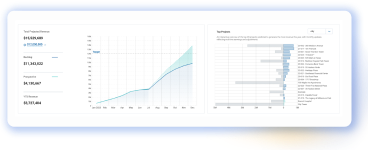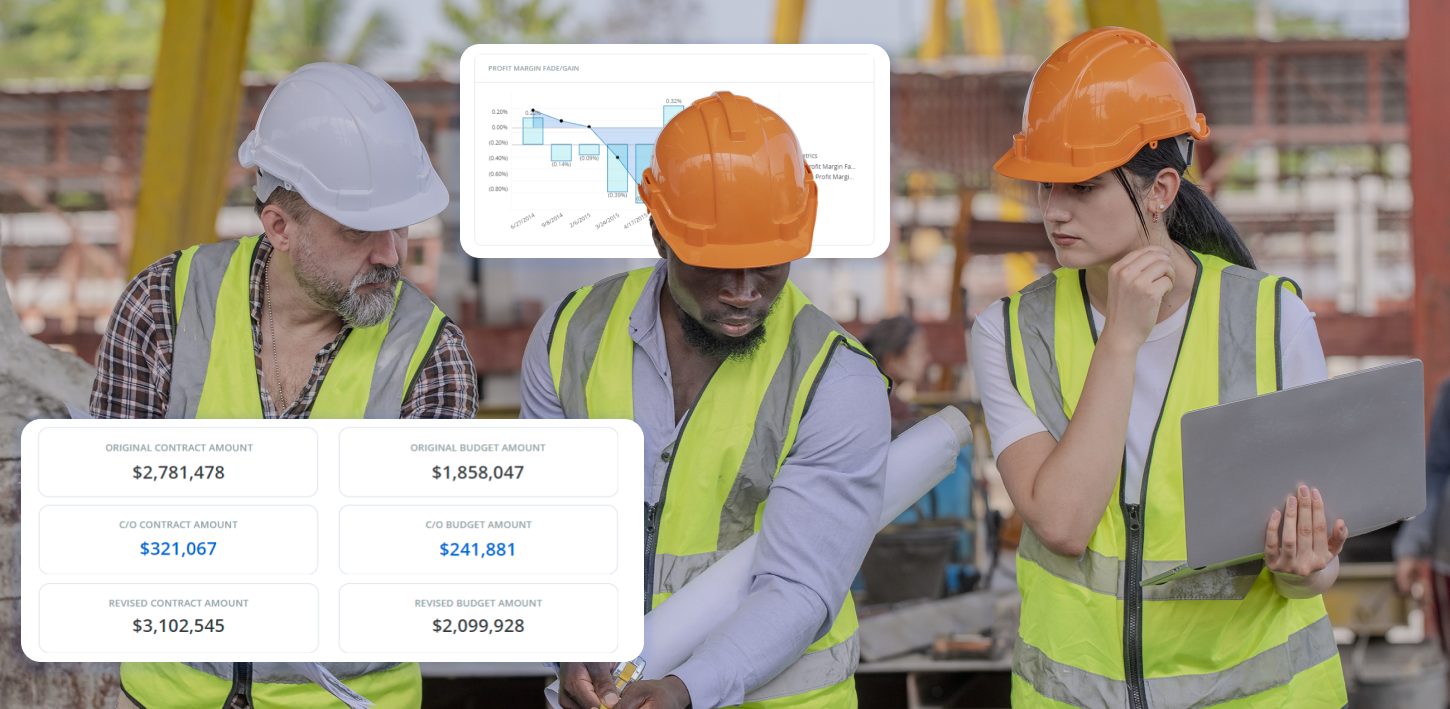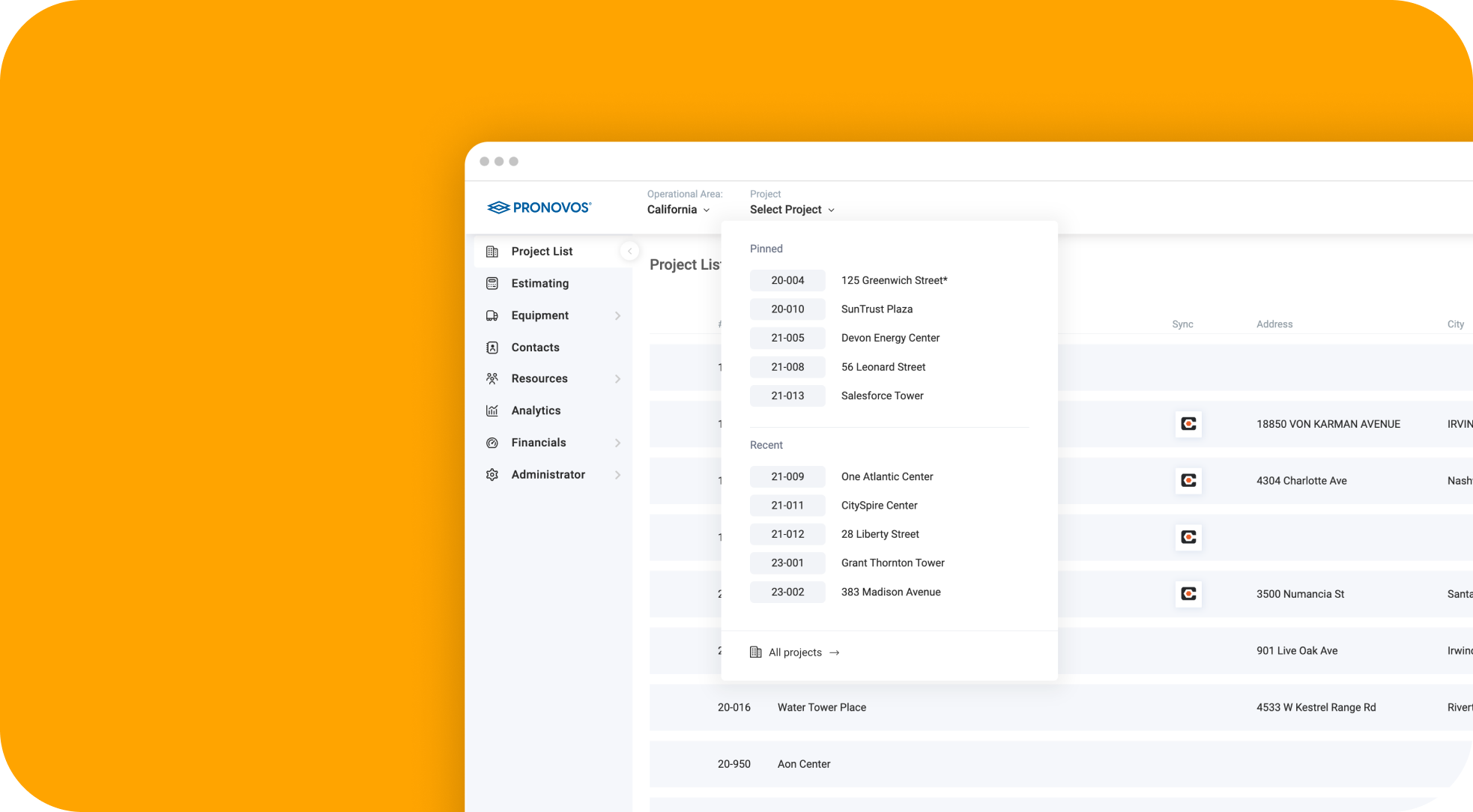Strategies for Managing the Rising Tide of Construction Data
Published January 27, 2020 . 0 min read
Strategies for Managing the Rising Tide of Construction Data
Business
Cutting Through ‘Paralysis by Analysis’
Construction firms juggle dozens or even hundreds of projects simultaneously. For c-suite decision-makers, that can translate into a near-permanent state of triage—scrambling to put out project-specific fires related to schedules, costs, quality and safety.
It’s a dynamic that must end if contractors, especially self-performers, are to take full advantage of the tech and data revolutions in construction.
When you’re in “triage mode,” after all, you have little time to think about how integrating the likes of artificial intelligence, robotics, large-scale 3D printing or modular construction could benefit your organization. In fact, when multiple projects are plagued by major challenges, even maximizing your existing data analytics tools can seem like a job for another day.
Fortunately, you can escape from triage mode by setting warning-alert thresholds on your Key Performance Indicators. The goal of this approach, which is part of exception-based reporting in construction data analytics, is to call attention to problems before it’s too late.
How Construction Projects Spiral Out of Control
If triage mode is the norm at many construction firms, one factor is largely to blame: the tight relationship between schedules, costs, quality and safety. Deterioration in any one of these four areas has a strong tendency to affect the rest.
Let’s say your company is hired to build a new public high school. Having assured the county that the building will be ready for occupancy by the start of classes on Sept. 1, you realize too late in the game that the project is worryingly behind schedule. While the students may be thrilled by an unplanned extension of their summer break, your firm cannot afford the PR nightmare or possible liquidated damages of opening the school two months late.
The potential for a self-reinforcing, negative spiral here is easy to understand: With the deadline looming, your project manager, superintendent and foreman pressure the crews to get the job done, pronto. Under-the-gun workers then start making mistakes that erode job quality and trigger further delays. As a result, profit declines, and safety deteriorates.
Exception-Based Reporting in Construction
Now that tech is becoming so integral—data-generation starts before the groundbreaking and continues straight through to the final delivery—every project is an ocean of information unto itself. Realistically, high-level decision-makers responsible for, say, 200 jobs cannot track all of the metrics associated with each project simultaneously. To avoid “paralysis by analysis,” they need to be selective with their limited time and attention. Exception-based reporting cuts through trivial data and puts the most relevant information right in their hands. However, this does not have to be a passive approach in which management receives alerts only after projects are woefully over budget or behind schedule.
On the contrary, it’s possible to use analytics so that you receive early warnings about deteriorating metrics. This in turn gives you more time to put projects back on track.
For example, using modern analytics, you could set up an alert that is triggered whenever a job starts to edge toward running over budget, as opposed to actually crossing that line. “Phase I of the Peoria hospital is now within 10 percent of our estimated cost for where we should be at this stage,” the CFO tells the CEO. “To avoid cost overruns, we need to take a closer look at what’s going on with this project.”
These days, contractors rely on various apps that yield all kinds of information. Cloud-based platforms with mobile capabilities allow them to flow those data streams into an analytics engine to yield new insights. However, while collecting data is easier than ever, contractors should feel no pressure to use all of it right away. Some data is just good to have. Maybe it will make a critical difference in litigation years down the road or provide an analytical benchmark on another job.
Getting Creative with Construction Metrics
Escaping from triage mode promises to free up time and resources for higher-order data analytics over the long term. However, novel approaches to analytics can benefit contractors day-to-day as well. Anomalies of all kinds—even, in certain circumstances, the anomalous absence of problems—can suggest a need for closer scrutiny.
Take requests for information (RFIs). It’s fair to say that RFIs will come into play at just about every construction site: Planning to install a toilet, the subcontractor finds a kitchen where the bathroom should be; puzzled, she submits an RFI. Since too many RFIs could signal a broader problem, it makes sense for contractors to use data from comparable jobs in the past to set reasonable thresholds for this metric.
However, if a project has too few RFIs this could suggest that crews aren’t asking the quality-related questions that result from paying close attention to detail. Figuratively speaking, it would be like installing a toilet in a kitchen, no questions asked.
Moving forward, contractors will continue to see data volumes rise as drones, interior scanning, digital twins, safety-related wearables and other tools become standard. That may seem intimidating, but there’s no need to feel overwhelmed. By zeroing in on actionable KPI thresholds, you can put triage mode in the rearview mirror and take full advantage of one of your greatest strategic assets—your data.
This column originally appeared on AEC-Business.com, which focuses on construction innovation and technology and has a global audience of professionals who are interested in subjects such as digitalization of the industry, lean construction, materials technology, industrialization, sustainability and business improvement.
Thanks to Aarni Heiskanen, a Top 100 Influencer in construction, for inviting us to contribute to AEC’s excellent website.
Join hundreds of like-minded
construction pros.
ADDITIONAL RESOURCES:
Beautiful charts, graphs and animations are meaningless if the data used to create them is full of holes. Analytics Can Benefit Contractors—So Long as They Maintain Good “Data Hygiene.”
Case study of McClone Construction Co.’s use of Operations Manager for construction resource management
Press release on the launch of Operations Manager–a good primer on the benefits of construction resource management and construction software platforms




